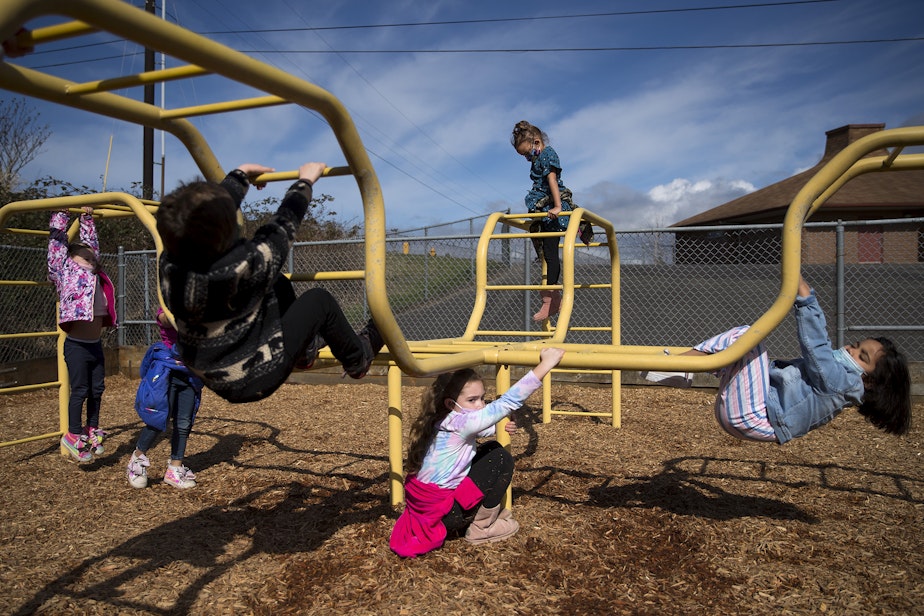More Washington state kids are exposed to lead than we know

KUOW Photo/Megan Farmer
Snohomish County’s public health department is trying to get more health-care providers to test their young patients for lead exposure.
Babies and toddlers in Washington are less likely to get this testing than in almost any other state.
That’s mainly because many health-care providers mistakenly believe there’s not much lead exposure here, “which is not true,” said Dr. James Lewis, Snohomish County’s health officer.
“Because of this, a lot of providers have deprioritized lead testing and counseling,” Lewis said. “That’s what we’re trying to change.”
Lead exposure doesn’t usually have immediate symptoms, but it can cause long-term problems with hearing, learning, and behavior. Even very low levels of exposure are unsafe.
“Living in a pre-1978 home and then living in a household where either the children themselves or family members were not born in the United States — I think those are two of the biggest risk factors [for lead exposure] here in Washington,” Lewis said.
Older homes might have chipped or peeling lead-based paint, and babies who are still crawling can pick up that paint on their hands and then put their hands in their mouths.
And some immigrant communities use products from other countries — especially spices, cosmetics, and cookware — that could contain lead.
Old industrial sites, like Everett’s former smelter, can leave behind swathes of lead-contaminated backyard soil, which can then be tracked into homes, or children can be exposed when they play outside, or if their family grows food in the backyard.
Snohomish County’s health department has a detailed checklist to assess your child’s risk of lead exposure on their website.
Lewis cautioned that it’s not always easy to get your child lead-tested.
“[It] could even cause a strained conversation with a provider potentially,” he said.
Also, the test requires getting a lot of blood from a squirming, sometimes crying toddler.
“It can be a difficult experience getting the blood needed for this testing,” Lewis said, “but the benefit of identifying this problem early is substantial.”
If a child is found to have lead in their blood, the first step is to find and get rid of the source of exposure.